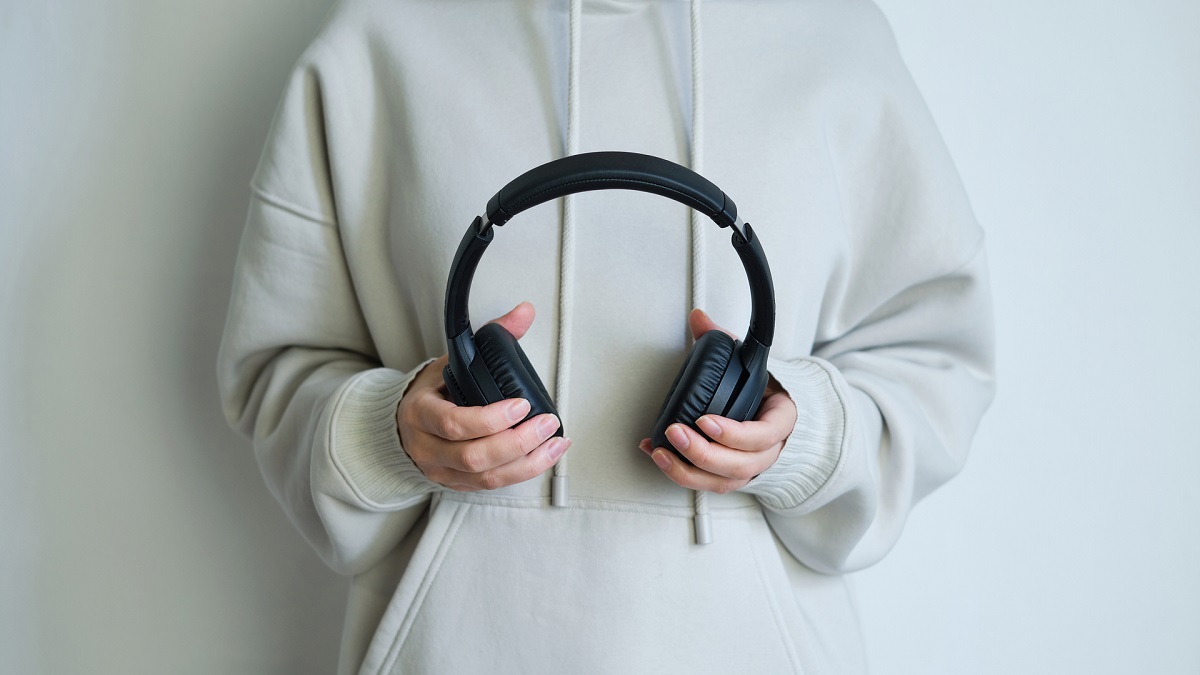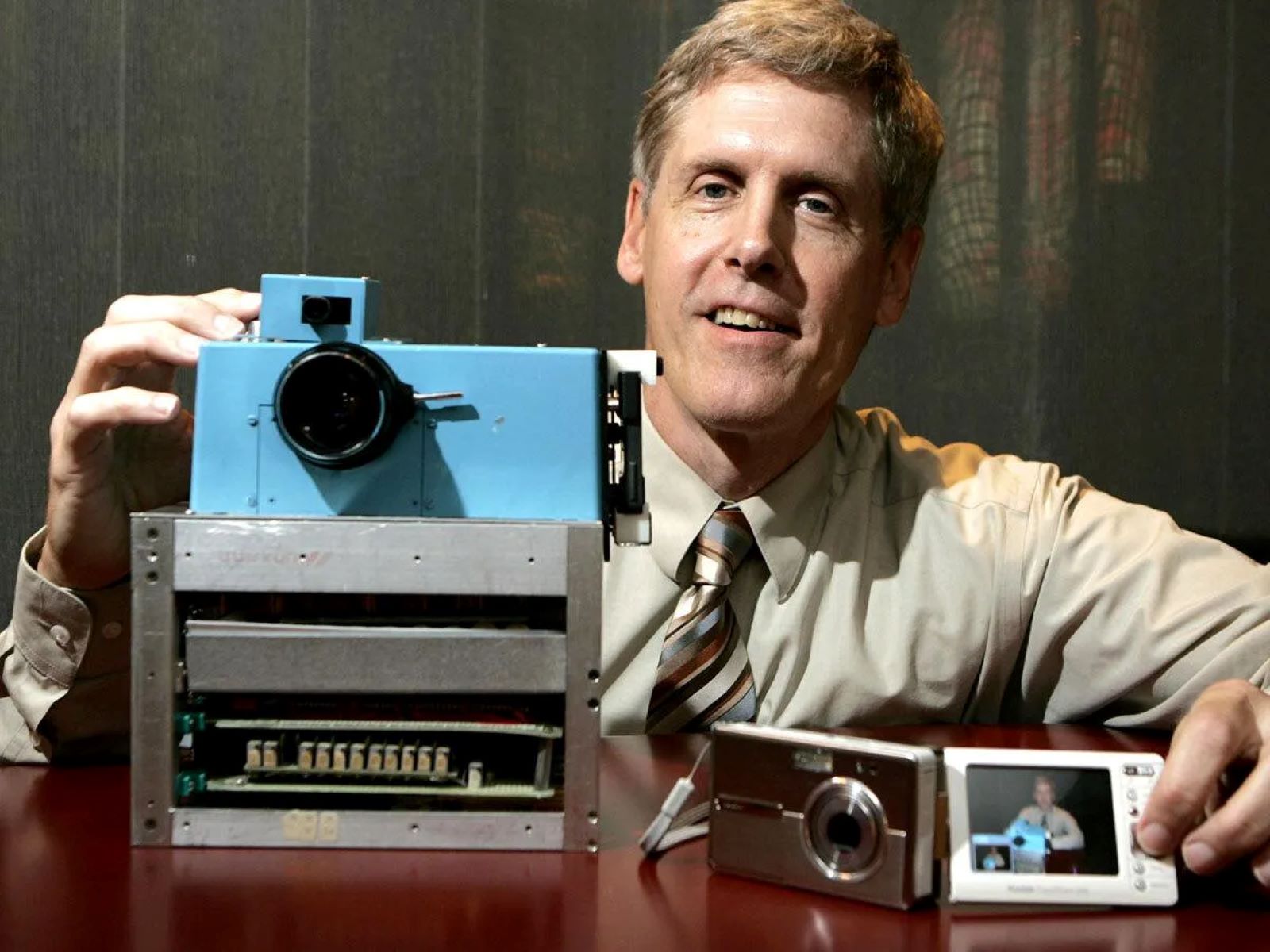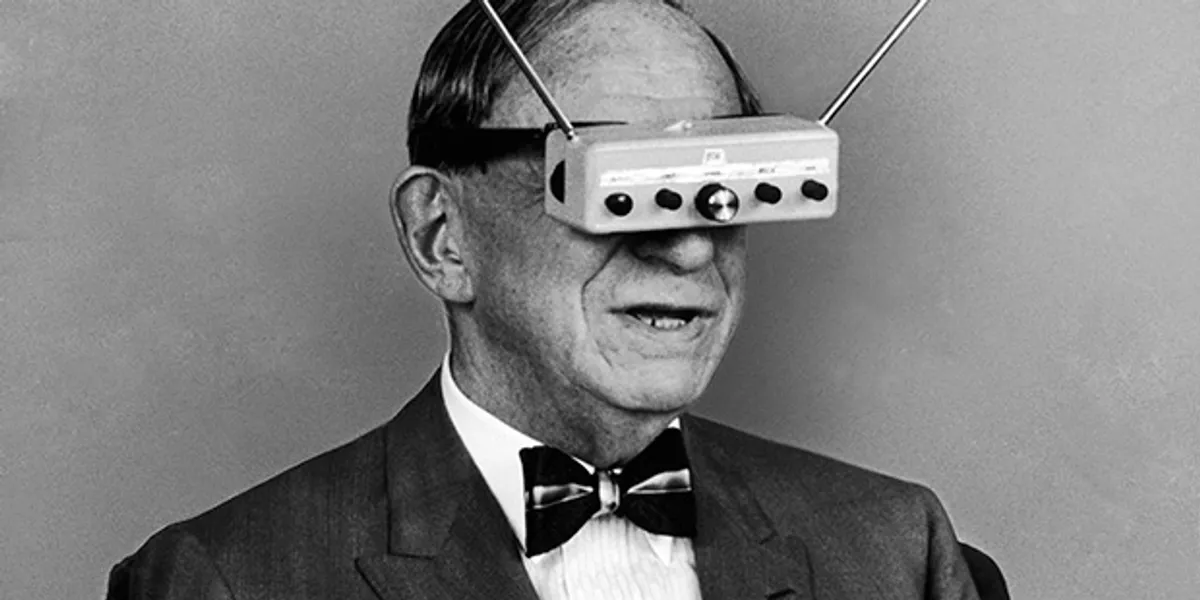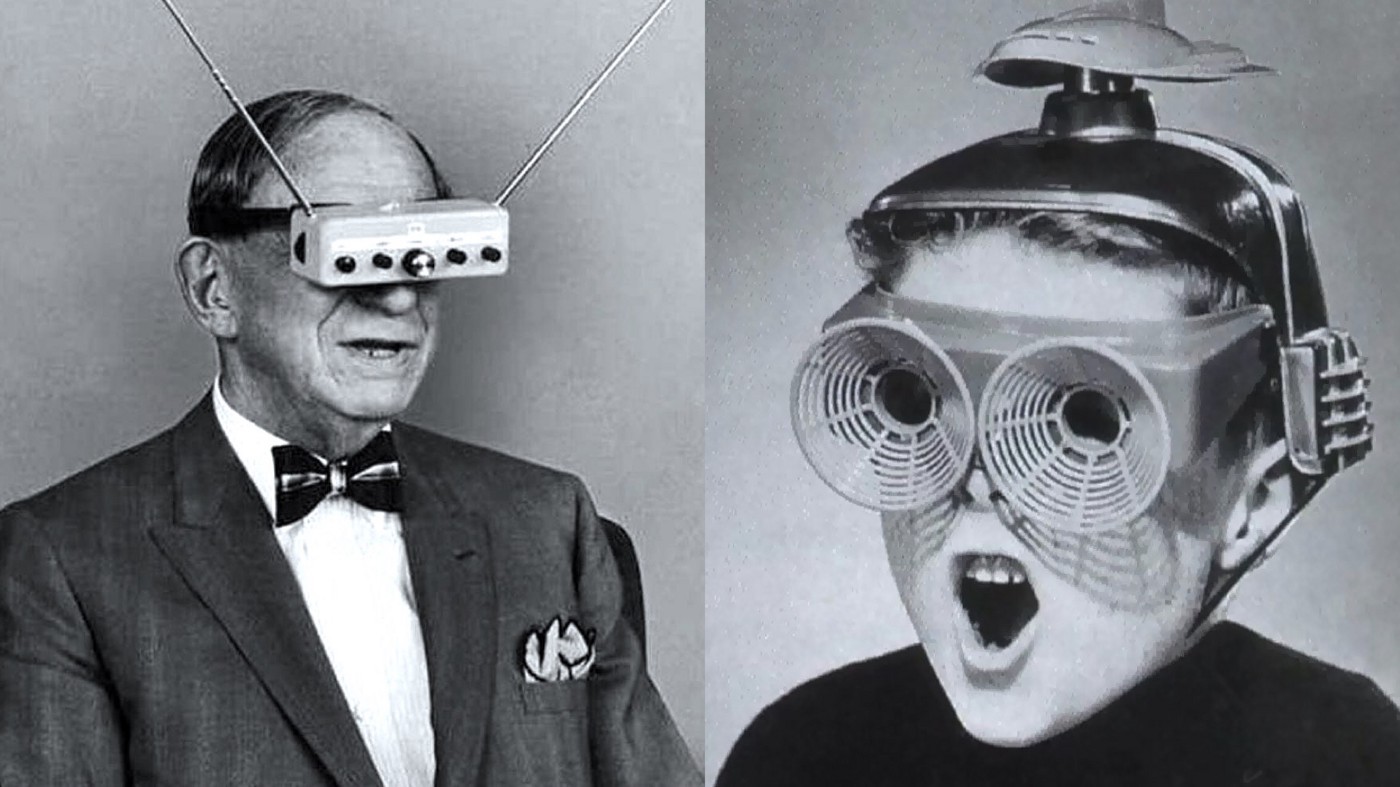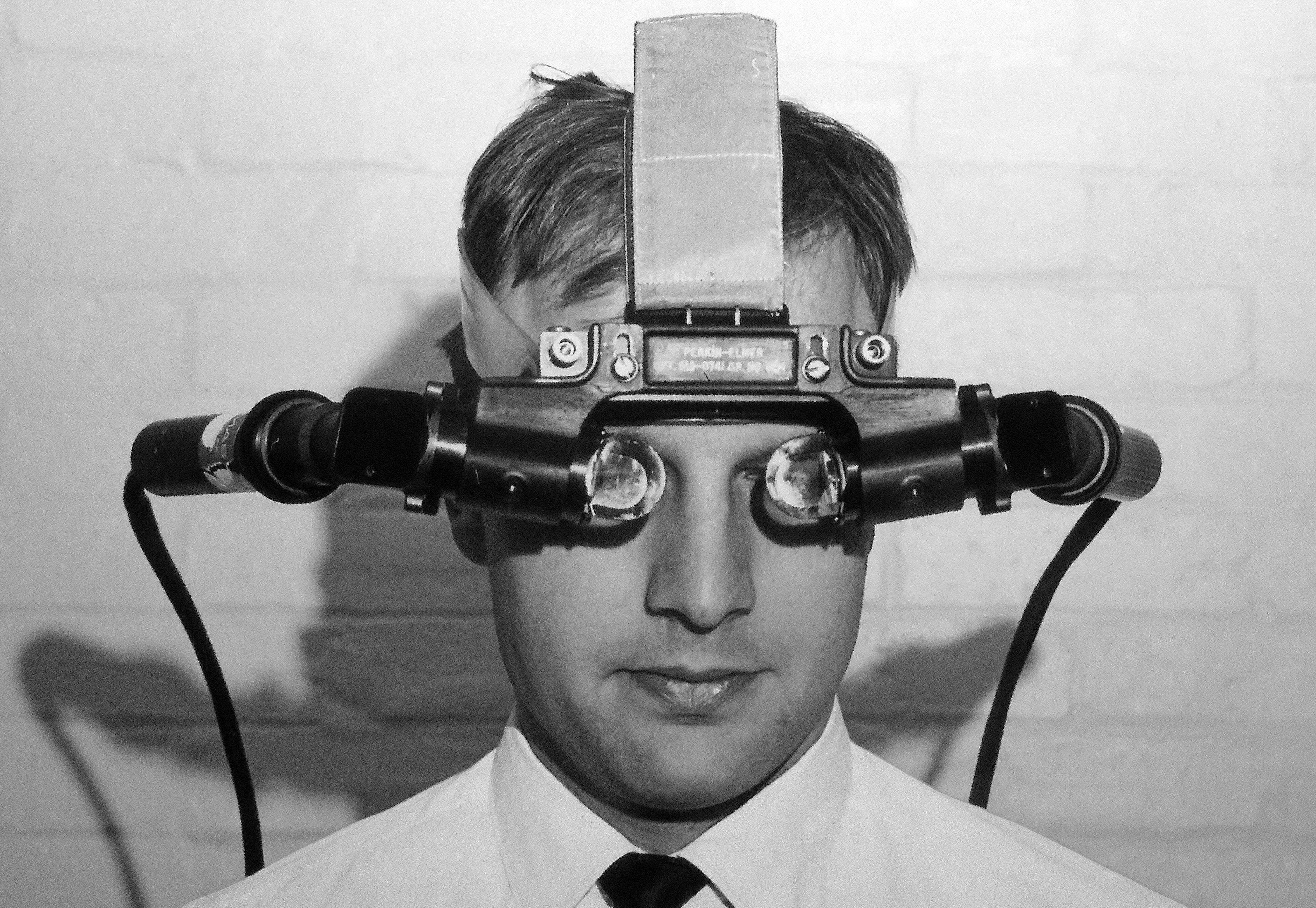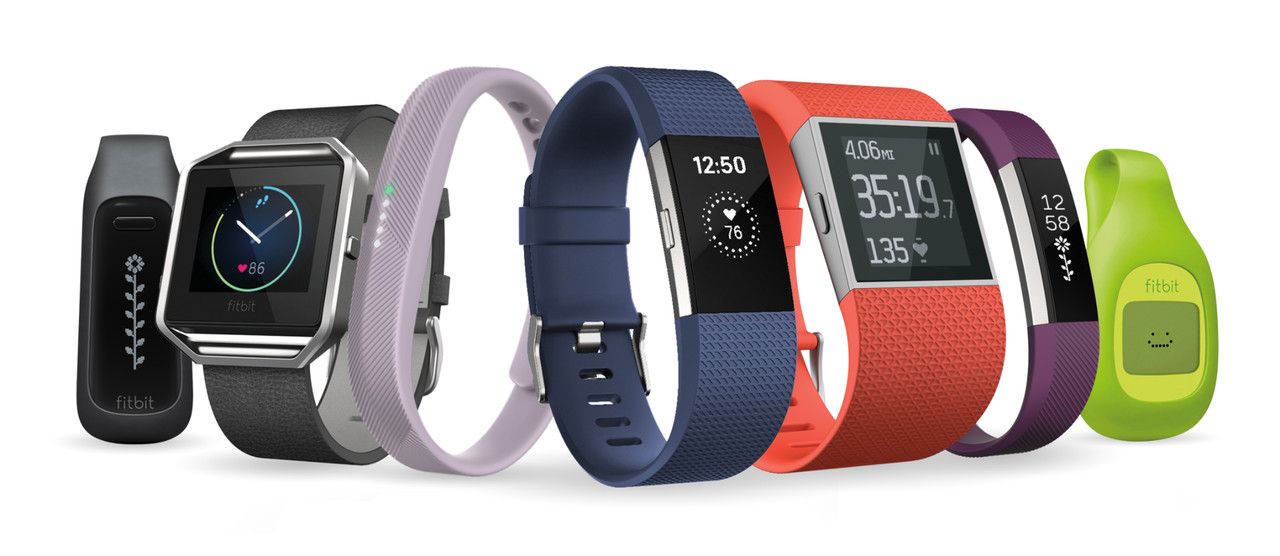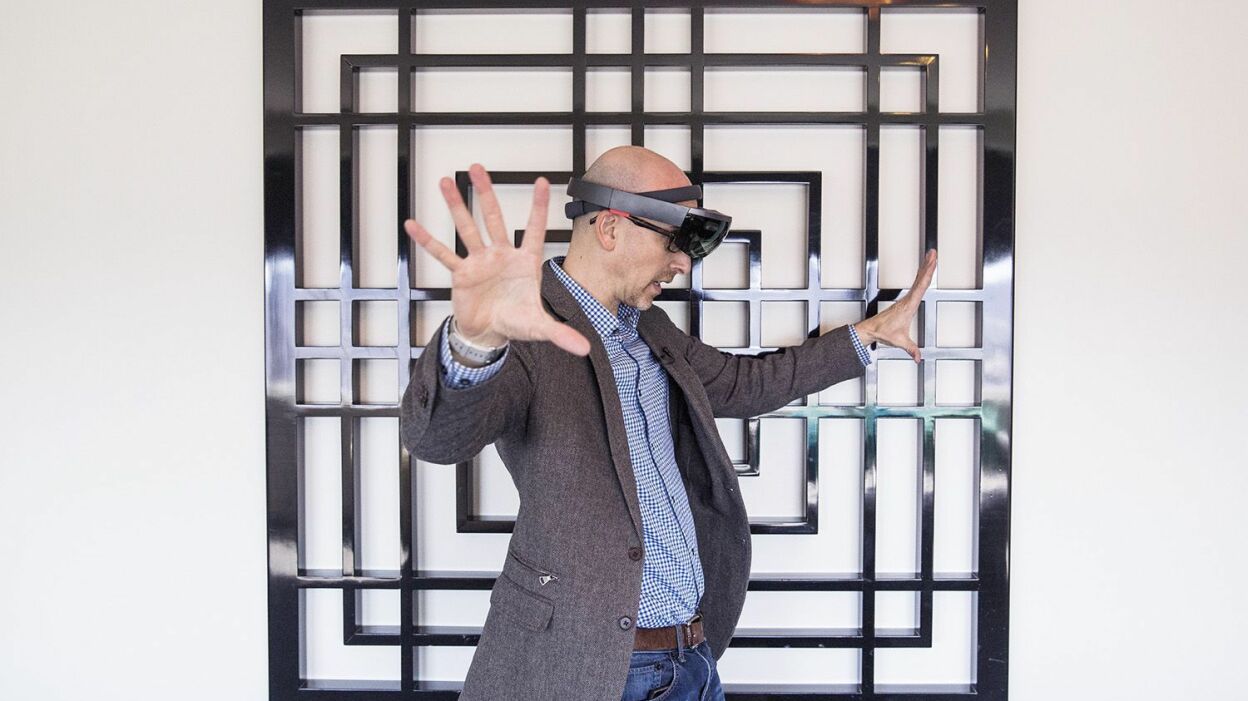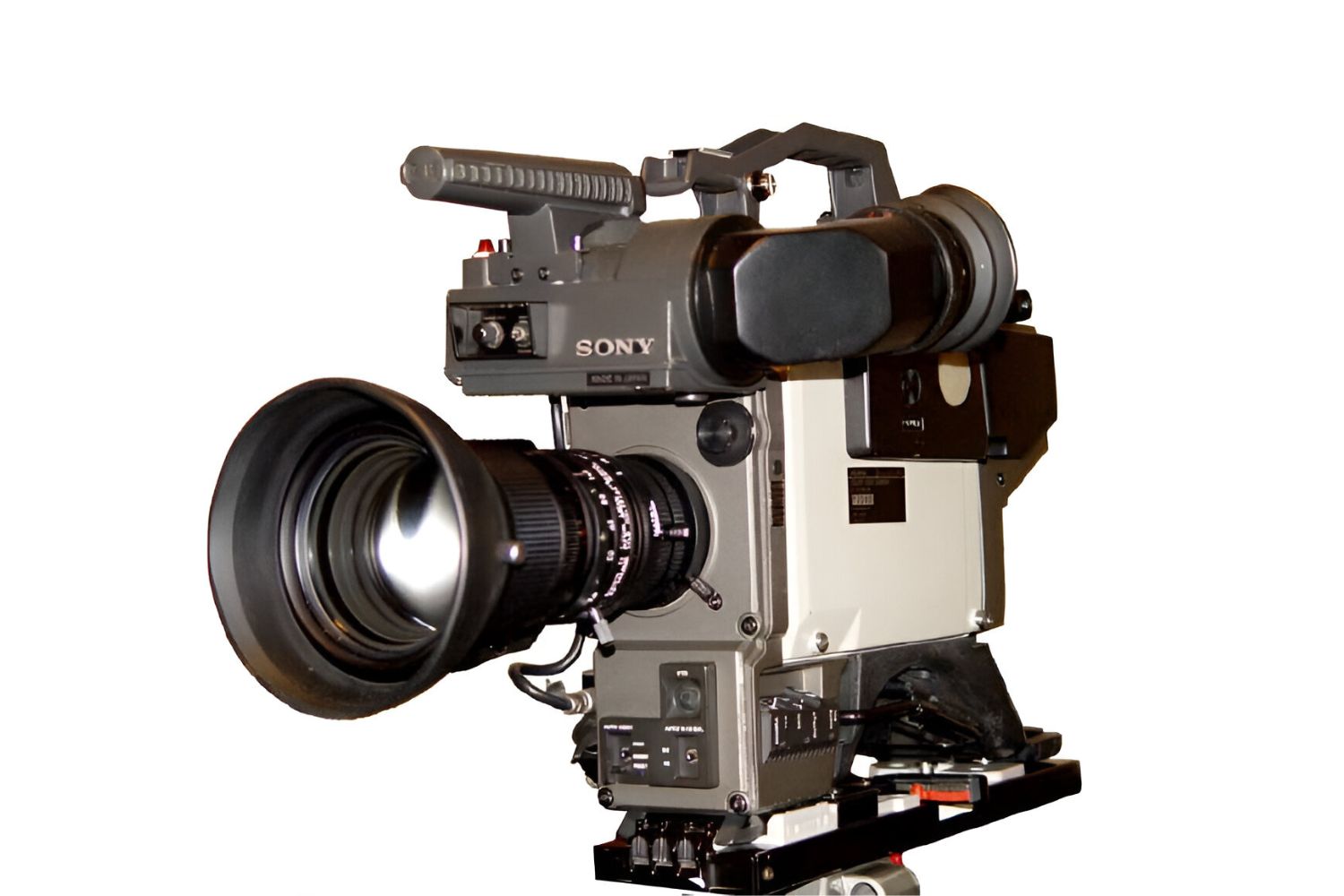Introduction
The history of headsets is a fascinating journey that intertwines with the evolution of audio technology and the human quest for seamless communication. From the early developments in audio transmission to the revolutionary advancements in modern headsets, this article aims to unveil the captivating story behind these indispensable gadgets. Delving into the inception of the first headset and tracing its evolution to the cutting-edge applications in today's world, we will explore the pivotal moments and technological breakthroughs that have shaped the headset into an essential tool for communication, entertainment, and productivity.
The journey of headsets mirrors the relentless pursuit of enhancing audio experiences and communication efficiency. As we embark on this exploration, we will uncover the innovative spirit that has driven inventors and engineers to push the boundaries of audio technology, ultimately transforming the way we interact with sound and communicate with one another. Join us as we delve into the historical narrative of headsets, shedding light on the ingenious minds and pivotal developments that have culminated in the modern marvels we rely on today.
Early Developments in Audio Technology
The roots of the modern headset can be traced back to the early developments in audio technology, which laid the foundation for the transformation of sound transmission and reception. The journey begins with the invention of the telephone by Alexander Graham Bell in 1876, marking a pivotal moment in the history of communication. This groundbreaking invention revolutionized the way people communicated over long distances, setting the stage for further advancements in audio technology.
The early 20th century witnessed significant strides in audio transmission, with the introduction of the first headphones by Nathaniel Baldwin in 1910. These early headphones, which were initially designed for military and radio operators, represented a crucial leap forward in personal audio experiences. They allowed users to listen to audio signals privately, paving the way for the development of more sophisticated audio devices in the years to come.
As audio technology continued to evolve, the invention of the dynamic loudspeaker by Edward W. Kellogg and Chester W. Rice in 1925 further propelled the advancements in sound reproduction. This innovation not only enhanced the quality of audio output but also contributed to the development of early headsets, as it provided a reliable method for converting electrical signals into sound waves.
The emergence of vacuum tube amplifiers in the 1920s and 1930s marked another milestone in audio technology, enabling the amplification of audio signals with improved fidelity and clarity. This technological leap not only enhanced the performance of early headsets but also laid the groundwork for the development of more efficient and powerful audio equipment in the decades that followed.
Furthermore, the introduction of stereo sound in the 1950s revolutionized the audio experience, offering a new dimension of spatial and immersive sound reproduction. This innovation not only influenced the design of headsets but also enriched the overall audio immersion for users, setting the stage for the evolution of modern stereo headsets that deliver rich, multi-dimensional soundscapes.
The early developments in audio technology set the stage for the birth of the modern headset, laying the groundwork for the transformative innovations that would shape the future of audio communication and entertainment. These pioneering advancements paved the way for the invention of the first headset, marking the beginning of a remarkable journey that continues to unfold in the contemporary era.
The Invention of the First Headset
The invention of the first headset stands as a pivotal moment in the history of audio technology, marking a significant leap forward in personal audio experiences and communication devices. The credit for this groundbreaking invention goes to Nathaniel Baldwin, an inventive mind who revolutionized the way people interacted with sound.
In 1910, Nathaniel Baldwin, a self-taught engineer and inventor, crafted the world's first modern headphones in his kitchen. His ingenious design featured two ear cups connected by a headband, allowing users to listen to audio signals privately and with enhanced clarity. Baldwin's innovative approach to sound transmission and reception laid the foundation for the evolution of headsets as we know them today.
Baldwin's early headphones were initially designed for specific applications, including military use and radio operators who required a means to listen to audio signals without disturbing others. The success of his invention quickly garnered attention, leading to a contract with the U.S. Navy, which recognized the immense potential of Baldwin's creation for communication and operational purposes.
The impact of Baldwin's invention extended beyond military and professional spheres, as it soon found its way into the consumer market, captivating music enthusiasts and audio aficionados. The introduction of headphones to the broader public sparked a wave of enthusiasm, as people embraced the newfound ability to enjoy music and audio content privately, without the constraints of external speakers.
Baldwin's pioneering work in headset technology set a precedent for future innovations, inspiring engineers and inventors to further refine and enhance the design and functionality of headsets. His invention not only transformed the way people experienced audio but also laid the groundwork for the development of more advanced and versatile headsets that would cater to a myriad of applications across various industries.
The invention of the first headset by Nathaniel Baldwin represents a remarkable milestone in the evolution of audio technology, demonstrating the power of human ingenuity in shaping the tools we use to communicate, entertain, and connect with the world around us. This pivotal moment paved the way for the ongoing advancements in headset technology, propelling us into an era where headsets have become indispensable companions in our daily lives, enriching our audio experiences and facilitating seamless communication in an ever-evolving digital landscape.
Evolution of Headset Technology
The evolution of headset technology has been a testament to human innovation and the relentless pursuit of audio excellence. From the humble beginnings of Nathaniel Baldwin's pioneering headphones to the cutting-edge wireless, noise-cancelling, and virtual reality headsets of today, the journey of headset evolution is a captivating narrative of technological advancement and creative ingenuity.
Following Baldwin's groundbreaking invention, the early iterations of headsets primarily focused on delivering audio in a personal and portable format. The introduction of the electrodynamic earphone by Beyerdynamic in the 1930s marked a significant leap forward, enhancing the audio fidelity and comfort of early headsets. This innovation laid the groundwork for further advancements in headset design, setting the stage for the evolution of lightweight, high-fidelity headphones that would cater to the burgeoning demand for immersive audio experiences.
The latter half of the 20th century witnessed remarkable strides in headset technology, driven by the advent of transistors and integrated circuits. This technological revolution facilitated the development of compact and portable headsets, enabling users to enjoy high-quality audio on the go. The emergence of stereo headphones in the 1960s further elevated the audio immersion, offering a new dimension of spatial and dynamic sound reproduction that captivated music enthusiasts and audio aficionados.
The dawn of the digital age ushered in a new era of headset innovation, with the introduction of noise-cancelling technology in the 1980s revolutionizing the audio experience. This groundbreaking development allowed users to enjoy crystal-clear audio in noisy environments, paving the way for noise-cancelling headphones that have become indispensable companions for travelers and professionals alike.
In the 21st century, the convergence of wireless technology and digital audio has redefined the landscape of headset technology. The proliferation of Bluetooth-enabled headsets has untethered users from traditional audio sources, offering unparalleled freedom and convenience. Simultaneously, the rise of virtual reality (VR) headsets has propelled audio immersion to new heights, creating captivating auditory experiences that complement the visually immersive VR environments.
Furthermore, the integration of smart features, such as voice assistants and gesture controls, has transformed headsets into multifunctional devices that transcend traditional audio playback. These advancements have not only enhanced the versatility of headsets but have also redefined their role as essential tools for communication, entertainment, and productivity in the digital age.
The evolution of headset technology continues to unfold, driven by a relentless pursuit of audio excellence and user-centric innovation. As we look to the future, the convergence of artificial intelligence, augmented reality, and advanced audio processing holds the promise of further elevating the capabilities of headsets, offering users unprecedented audio experiences that seamlessly integrate with their daily lives.
The evolution of headset technology stands as a testament to human ingenuity and the enduring quest to enhance our audio experiences, shaping the way we engage with sound and communicate with the world around us.
Modern Applications of Headsets
The modern landscape of headset applications encompasses a diverse array of domains, reflecting the ubiquitous presence and versatile functionality of these audio devices in contemporary society. From immersive gaming experiences to professional communication, entertainment, and virtual collaboration, headsets have seamlessly integrated into various facets of our lives, enriching our interactions and audio experiences in unprecedented ways.
In the realm of gaming, headsets have evolved into essential accessories that not only deliver immersive audio but also facilitate seamless communication among players. With the rise of multiplayer online games and esports, gaming headsets have become indispensable tools for coordinating strategies, engaging in real-time communication, and experiencing the full spectrum of in-game soundscapes. The integration of surround sound technology and advanced audio processing has elevated gaming headsets to deliver spatial audio cues, enhancing the competitive edge and immersive gameplay experiences for enthusiasts worldwide.
In professional settings, headsets have redefined the way we communicate and collaborate, particularly in the context of remote work and virtual meetings. With the increasing prevalence of telecommuting and digital collaboration platforms, wireless headsets equipped with noise-cancelling microphones have become essential for facilitating clear and uninterrupted communication in virtual environments. Whether participating in video conferences, conducting remote presentations, or engaging in virtual team collaborations, modern headsets empower professionals to stay connected and productive, irrespective of their physical location.
Furthermore, the realm of entertainment has been significantly enriched by the advent of high-fidelity wireless headphones and virtual reality (VR) headsets. These cutting-edge audio devices offer users a heightened level of immersion, allowing them to experience music, movies, and interactive content with unparalleled audio fidelity and spatial presence. Whether enjoying a cinematic masterpiece in virtual reality or delving into a captivating audiobook, modern headsets have the power to transport individuals into rich and captivating audio landscapes, redefining the boundaries of auditory experiences.
Beyond leisure and professional applications, headsets have also found their place in the realm of health and wellness, with the emergence of advanced noise-cancelling headphones that offer users a sanctuary of tranquility in noisy environments. These devices provide a respite from external distractions, enabling individuals to focus, relax, and rejuvenate amidst the hustle and bustle of modern life.
The diverse applications of modern headsets underscore their intrinsic value as indispensable tools for communication, entertainment, productivity, and personal well-being, reflecting their enduring relevance in an increasingly interconnected and audio-centric world.
Conclusion
In conclusion, the history of headsets encapsulates a remarkable journey of innovation, ingenuity, and technological advancement. From the inception of the first headphones by Nathaniel Baldwin to the evolution of modern wireless, noise-cancelling, and virtual reality headsets, the narrative of headset technology reflects the relentless pursuit of audio excellence and the seamless integration of these devices into various facets of our lives.
The early developments in audio technology, including the invention of the telephone, dynamic loudspeakers, and stereo sound, laid the groundwork for the birth of the modern headset. Nathaniel Baldwin's pioneering invention marked a pivotal moment in the history of audio technology, revolutionizing the way people interacted with sound and setting the stage for the ongoing evolution of headsets.
The evolution of headset technology has been characterized by transformative innovations, from the introduction of compact and portable headphones to the integration of wireless connectivity, noise-cancelling technology, and virtual reality experiences. These advancements have not only elevated the audio fidelity and immersive capabilities of headsets but have also expanded their applications across gaming, professional communication, entertainment, and personal well-being.
In the contemporary landscape, headsets have become indispensable companions, enriching our audio experiences and facilitating seamless communication and collaboration in an ever-evolving digital environment. Whether enhancing gaming immersion, empowering professionals in remote work scenarios, or offering unparalleled audio fidelity in entertainment, headsets have seamlessly integrated into diverse domains, reflecting their enduring relevance and versatility.
As we look to the future, the convergence of artificial intelligence, augmented reality, and advanced audio processing holds the promise of further elevating the capabilities of headsets, offering users unprecedented audio experiences that seamlessly integrate with their daily lives. The ongoing pursuit of audio excellence and user-centric innovation continues to drive the evolution of headset technology, shaping the way we engage with sound and communicate with the world around us.
In essence, the history and evolution of headsets stand as a testament to human ingenuity and the enduring quest to enhance our audio experiences, reflecting the transformative impact of these devices on our daily lives and the boundless potential that lies ahead in the realm of audio technology.







